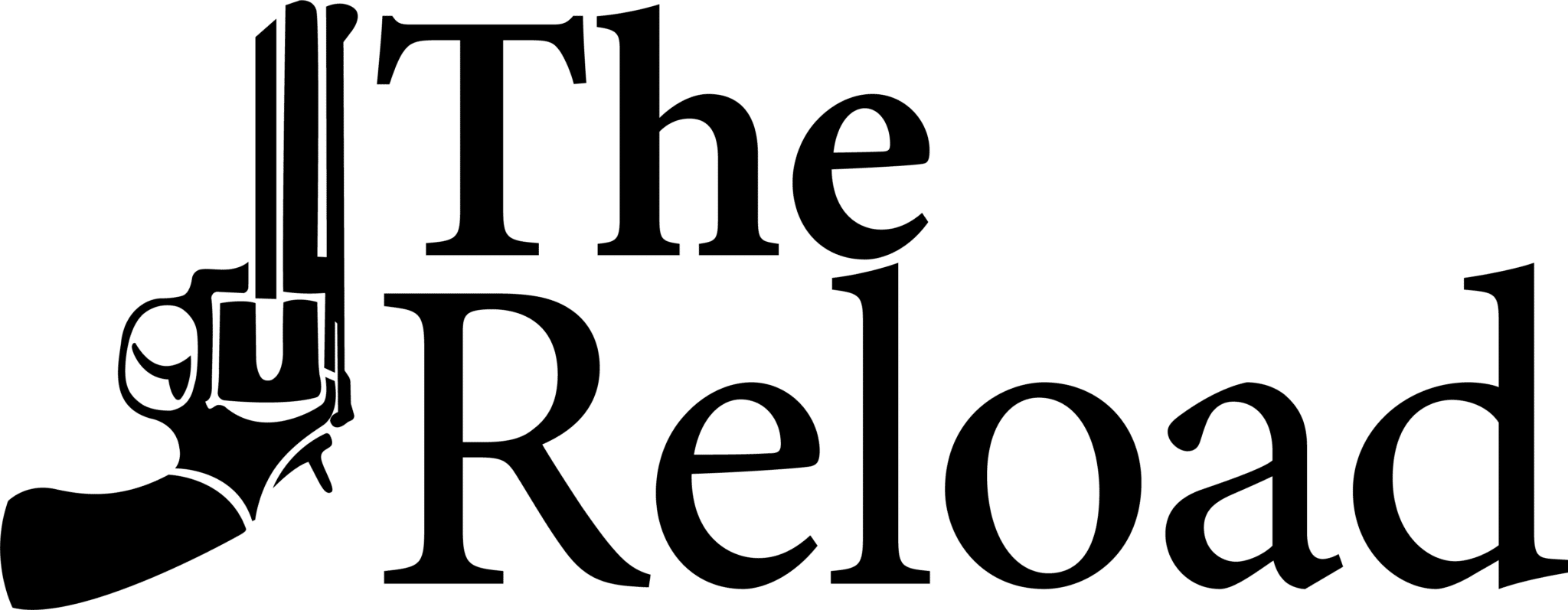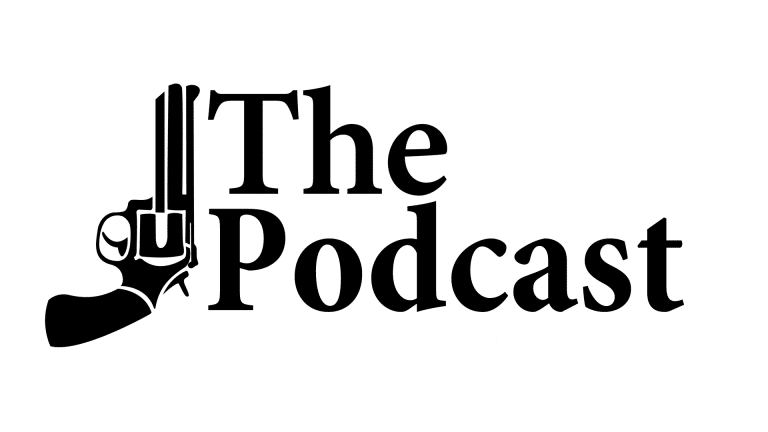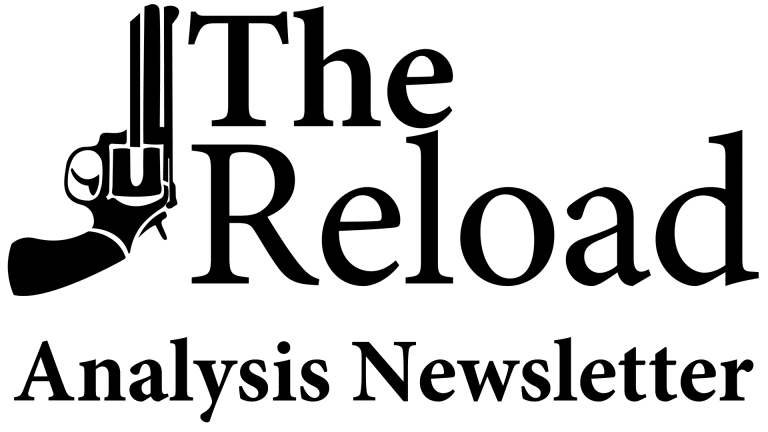
Gun Politics
Analysis: Charting the Industry’s Gun Policy Lobbying Rise [Member Exclusive]
Early in the second Trump Administration, the forces at work shaping American gun policy haven’t changed much, but one group has replaced an old staple at the top of the pack.



